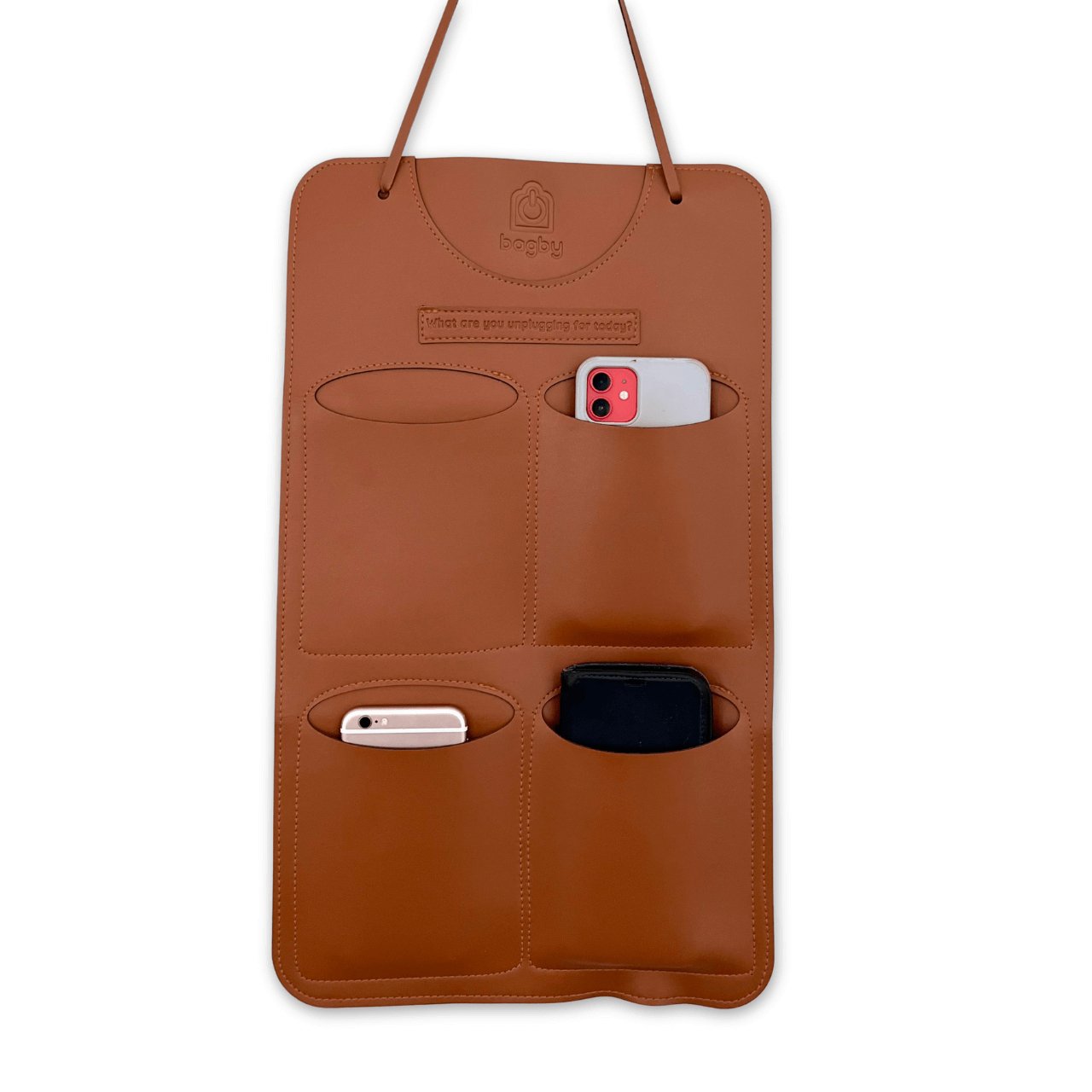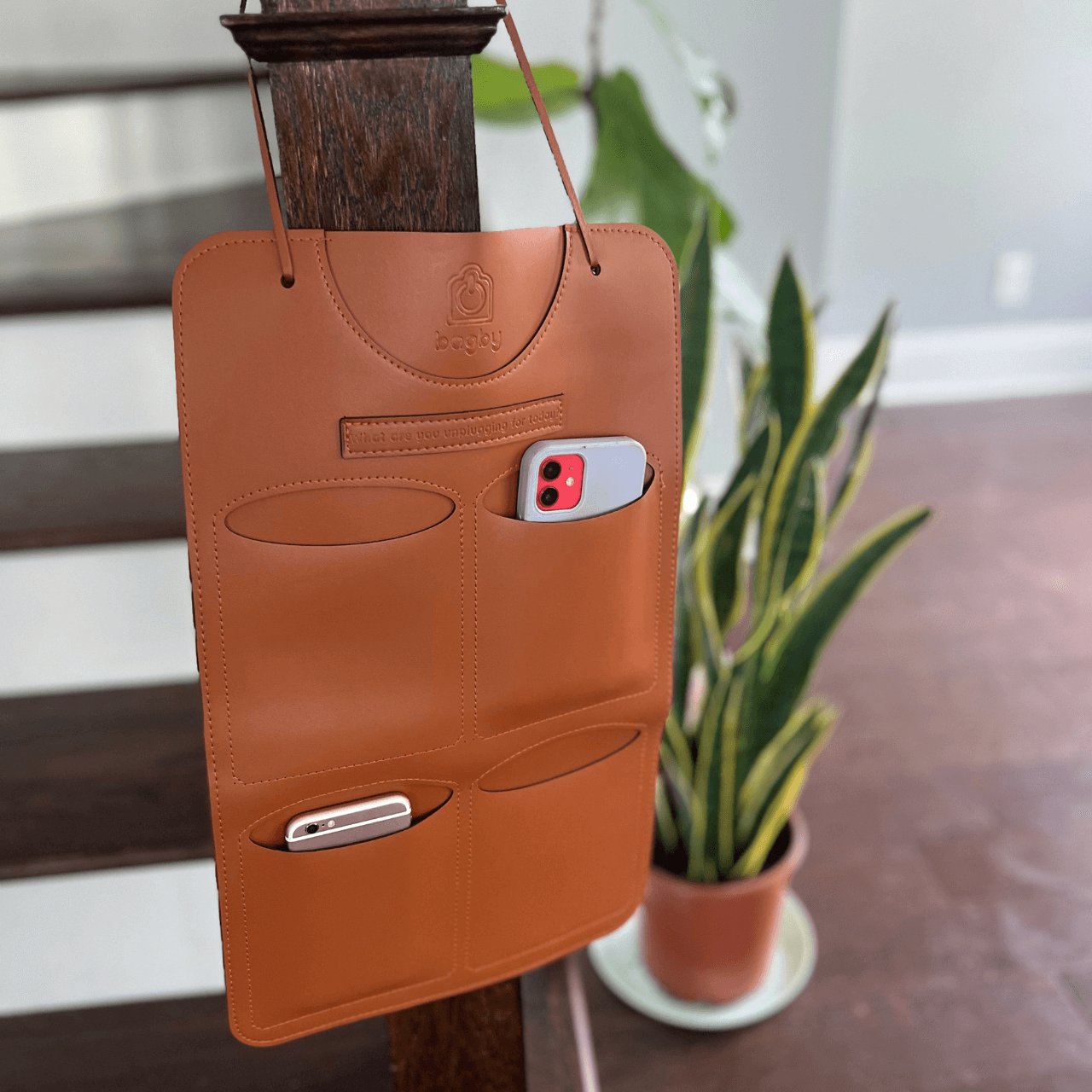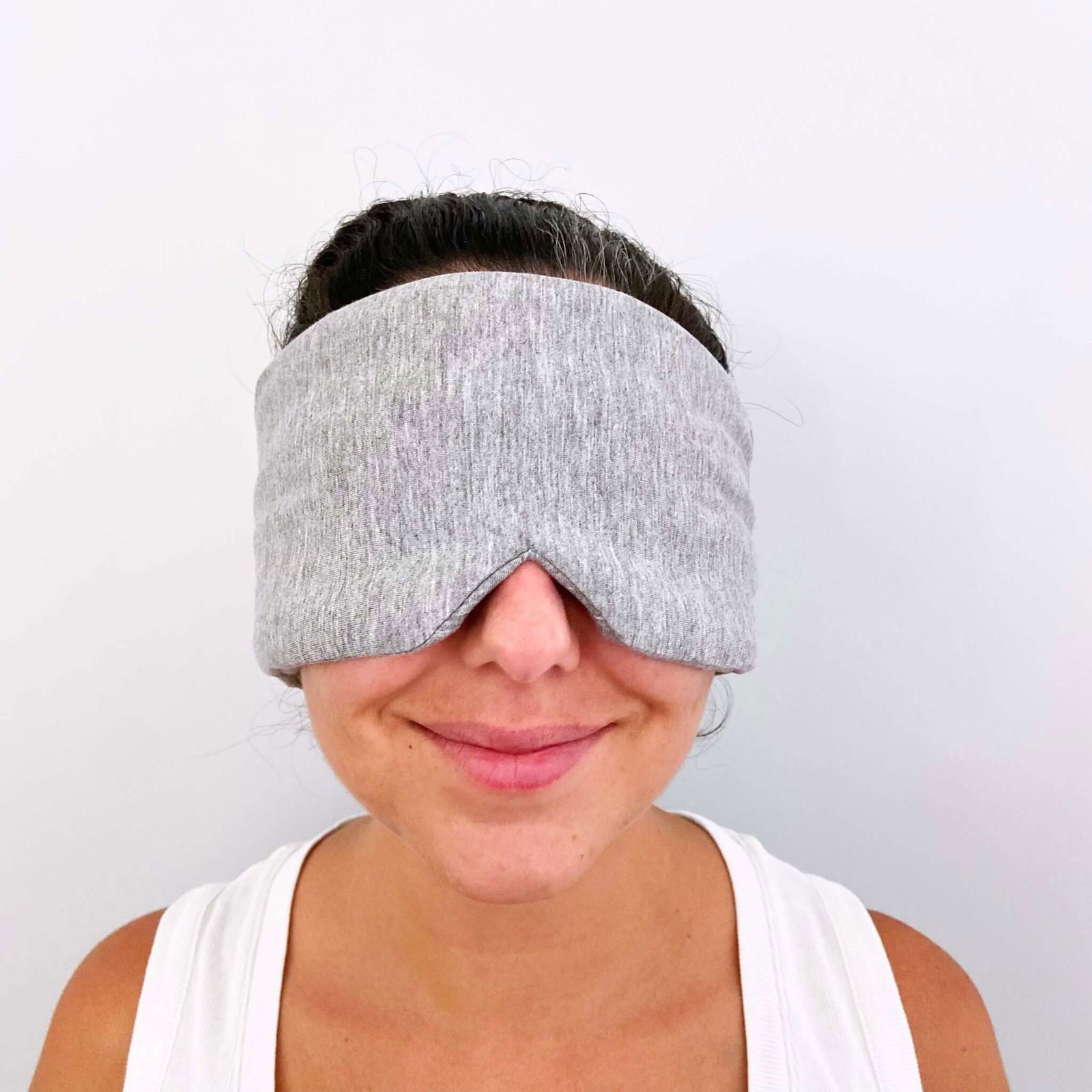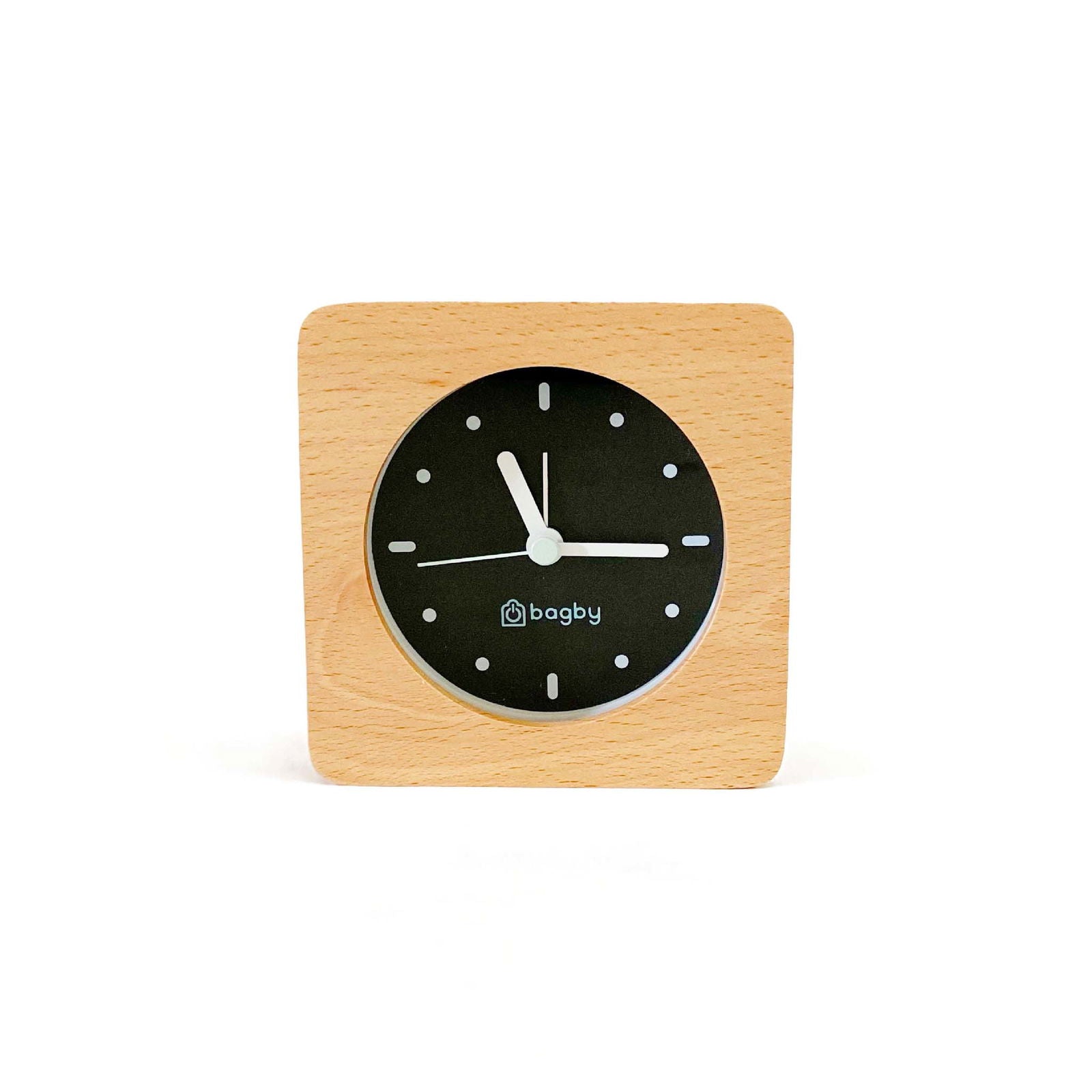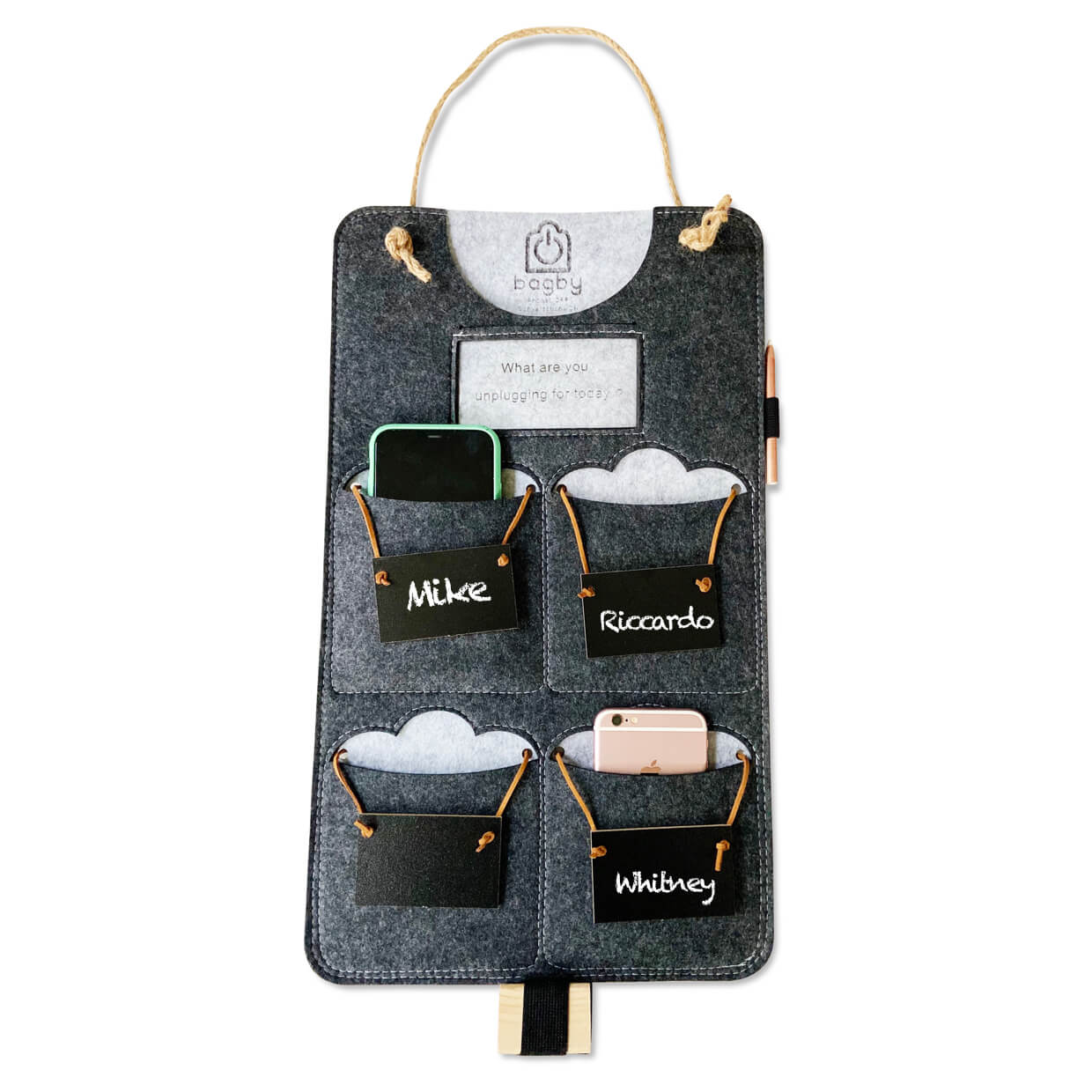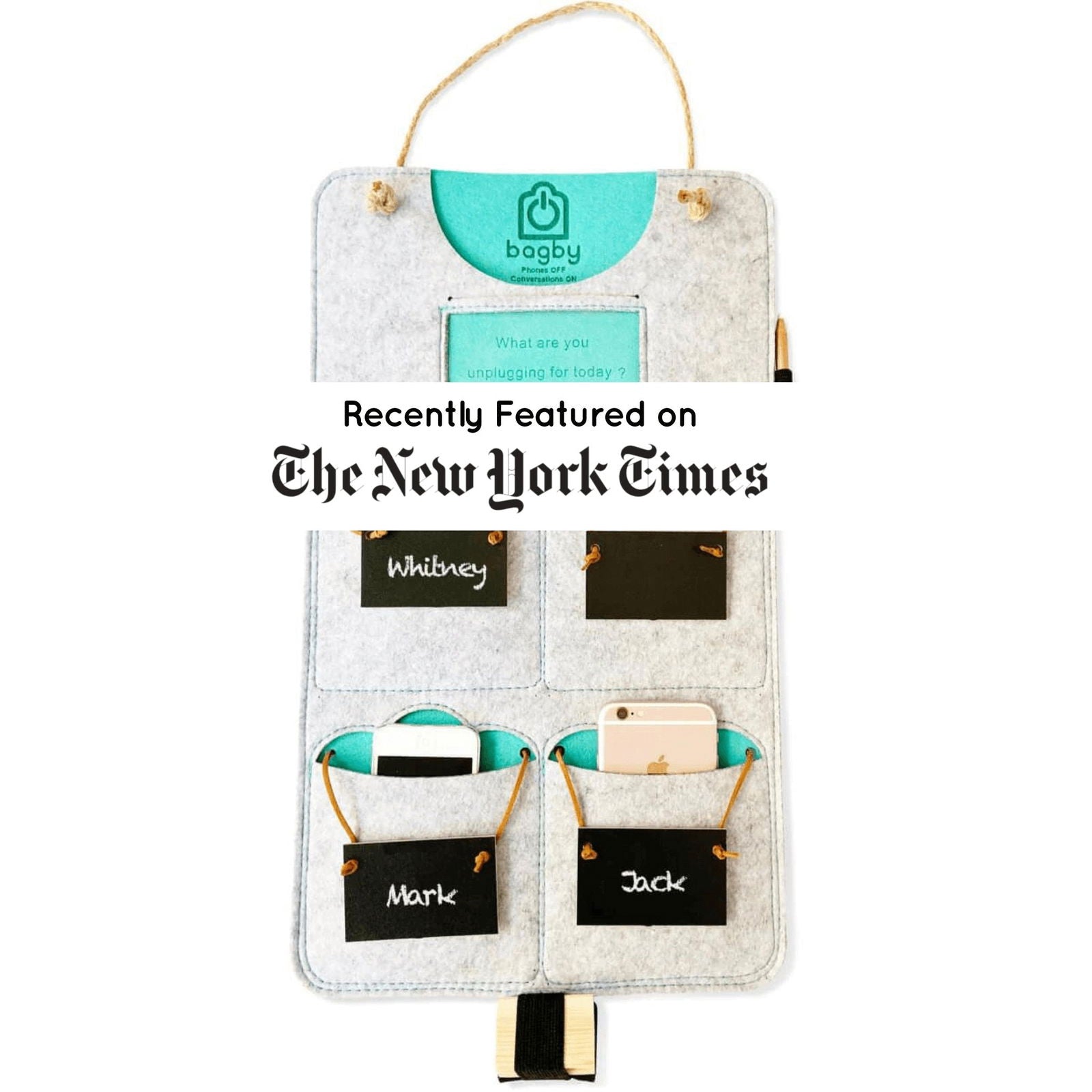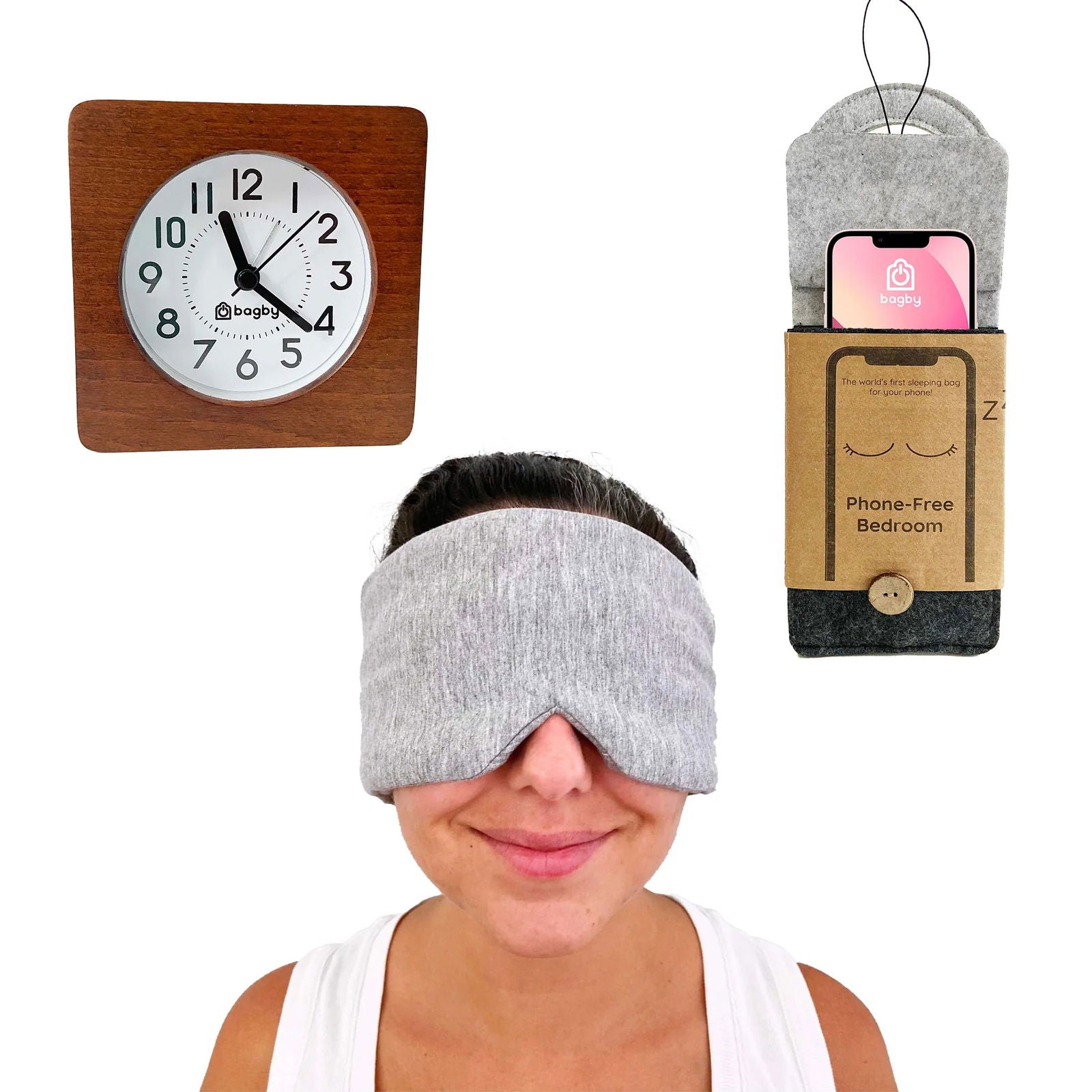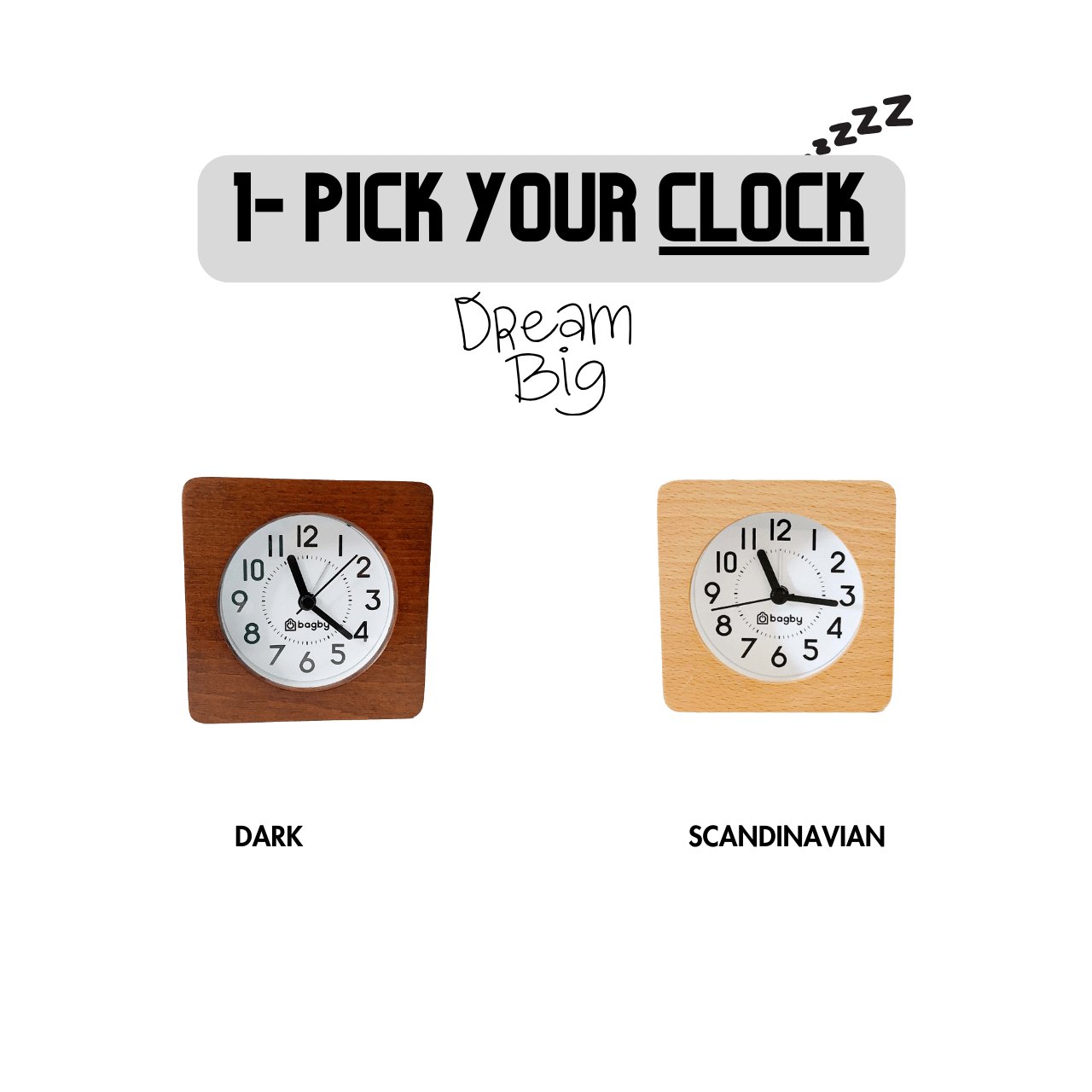When it comes to children’s development, parents should worry about both kids’ screen time and their own. Screens are here to stay and have taken over, more often than not, during important family moments like meal-time. Indeed, top technology leaders like Steve Jobs and Bill Gates, among others, confirmed they've even restricted or limited their children's screen time (New York Times, 2017).
A lot of research about this topic has been released over the last few years. Here are some interesting insights and statistics:
- "Today’s preschoolers spend more than four hours a day facing a screen. And, since 1970, the average age of onset of “regular” screen use has gone from 4 years to just four months.” (Erika Christakis in The Atlantic, July / August Issue 2018)
- "Teens who spend more time than average on screen activities are more likely to be unhappy." National Institute on Drug Abuse, 2016
- "Most children ages 6–12 say they are spending at least 50% more time in front of screens daily". SuperAwesome, 2020
Also, well-known organizations have published relevant recommendations about children’s screen time. For instance, the American Heart Association & American Academy of Pediatrics (2019) suggest: “Parents need to drastically cut kids' screen time. Children until age 5 should be limited to 1h per day while kids and teens (ages 8 to 18) spend an average of more than 7h a day."
At Bagby, we love taking responsibility and testing things on our own so we decided to carry a home experiment that opened our eyes and encouraged us to create a solution to help other parents in the same situation.
The experiment is based on the hypothesis that screen time is increasing heavily across all age groups, especially among children over the last few years. This trend reached its peak during COVID-19 with schools closed and parents working from home. In order to gain real insight, we used our 2-year-old daughter Luna as a subject. She’s already had contact with smartphones and tablets. The idea was to put her in front of six different common elements and a smartphone, and give her the choice to pick between the two. The scenario was in our home during a normal day. Both the common items and the smartphone were placed at the same distance from her as we didn’t want to encourage or influence any of her decisions.
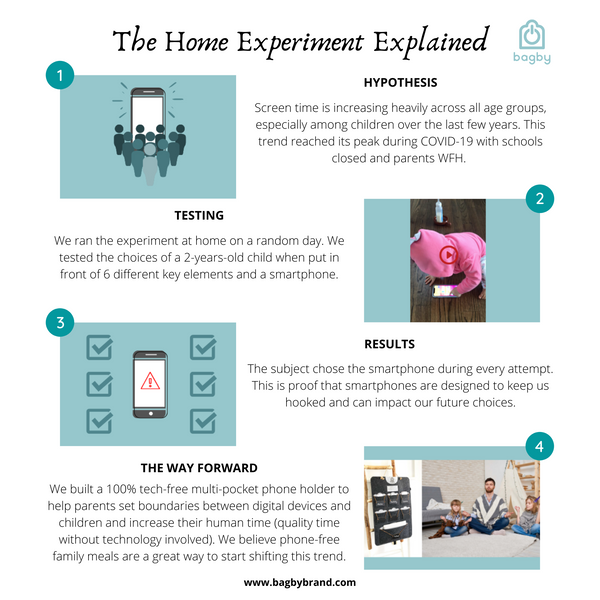
Young children don’t often make rational decisions because their choices are based in very simple terms. The subject chose the smartphone in every attempt. The outcome is so clear that we had to do something about it.
For us, this was the ultimate proof and validation of our hypothesis that smartphones are designed to keep us hooked and can impact our future choices. The concerning aspect here is not only does addictive technology exist, but it’s designed in a way to influence our future decisions, even from an early age.
Since then, we have heavily reduced our daughter’s screen time and we have set a benchmark for our new born (3-month-old Cala). Along with this decision, we have decided it was time to create a tech-free solution that could help parents like us navigate this new and uncertain situation.
The design process took us about 6 months. After talking to several parents in the same situation, we realized that it would work better if we could add a “gamification” element for kids as well to show them the reality of pre-digital times (analog) when teaching was done entirely tech-free. This is the reason we added chalk and blackboards to write the names of each family members’ digital device. Also, many parents pointed out that tablets have become a common toy for kids so the solutions should cover both smartphones and tablets.

Along with the Better Screen Time Family Set and since we were aware that most parents are using phone apps to track their children’s screen time, we developed a free printable screentime tracker that is 100% tech-free.
Technology is a powerful tool to connect, communicate and use to collaborate with others. However, as a parent, I believe teaching kids at an early age to be more mindful when using technology is a formula for success. This will help in raising future leaders that will be able to face life’s biggest challenges in this new ultra-connected and globalized world. Taking breaks from it and above all, teaching them how to control technology instead of letting technology to control their choices will be one of the most demanding skills of the next 10+years. This skill will not only help them in their professional career but will also allow them to be happier, free and understanding of the meaning and value of humanity. How we prepare our kids today will shape the world as we know it, so it’s time to build a mindful legacy that will create more equality, freedom and a socially conscious future generation.







